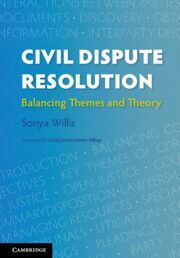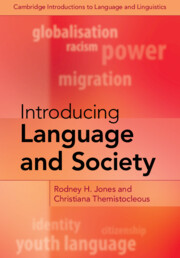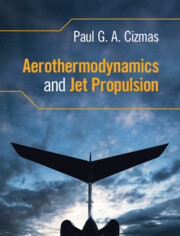Refine search
Actions for selected content:
36846 results in Cambridge Textbooks
Preface
-
- Book:
- History and Identity
- Published online:
- 04 February 2022
- Print publication:
- 20 January 2022, pp xi-xii
-
- Chapter
- Export citation
Bibliography
-
- Book:
- History and Identity
- Published online:
- 04 February 2022
- Print publication:
- 20 January 2022, pp 397-477
-
- Chapter
- Export citation
3 - The New Social, Economic and Labour History
-
- Book:
- History and Identity
- Published online:
- 04 February 2022
- Print publication:
- 20 January 2022, pp 59-79
-
- Chapter
- Export citation
Contents
-
- Book:
- History and Identity
- Published online:
- 04 February 2022
- Print publication:
- 20 January 2022, pp vii-vii
-
- Chapter
- Export citation
Figures
-
- Book:
- History and Identity
- Published online:
- 04 February 2022
- Print publication:
- 20 January 2022, pp viii-x
-
- Chapter
- Export citation
6 - Historical Anthropology
-
- Book:
- History and Identity
- Published online:
- 04 February 2022
- Print publication:
- 20 January 2022, pp 129-151
-
- Chapter
- Export citation
9 - The Visual Turn
-
- Book:
- History and Identity
- Published online:
- 04 February 2022
- Print publication:
- 20 January 2022, pp 203-234
-
- Chapter
- Export citation
Dedication
-
- Book:
- History and Identity
- Published online:
- 04 February 2022
- Print publication:
- 20 January 2022, pp v-vi
-
- Chapter
- Export citation
12 - Conclusion: Problematising History and Identity
-
- Book:
- History and Identity
- Published online:
- 04 February 2022
- Print publication:
- 20 January 2022, pp 284-309
-
- Chapter
- Export citation
11 - Transnational, Comparative and Global History
-
- Book:
- History and Identity
- Published online:
- 04 February 2022
- Print publication:
- 20 January 2022, pp 261-283
-
- Chapter
- Export citation
8 - The History of Concepts
-
- Book:
- History and Identity
- Published online:
- 04 February 2022
- Print publication:
- 20 January 2022, pp 179-202
-
- Chapter
- Export citation
Index
-
- Book:
- History and Identity
- Published online:
- 04 February 2022
- Print publication:
- 20 January 2022, pp 478-494
-
- Chapter
- Export citation
7 - The History of Memory
-
- Book:
- History and Identity
- Published online:
- 04 February 2022
- Print publication:
- 20 January 2022, pp 152-178
-
- Chapter
- Export citation
2 - The New Political History
-
- Book:
- History and Identity
- Published online:
- 04 February 2022
- Print publication:
- 20 January 2022, pp 34-58
-
- Chapter
- Export citation
4 - The New Cultural History
-
- Book:
- History and Identity
- Published online:
- 04 February 2022
- Print publication:
- 20 January 2022, pp 80-104
-
- Chapter
- Export citation
5 - Gender History
-
- Book:
- History and Identity
- Published online:
- 04 February 2022
- Print publication:
- 20 January 2022, pp 105-128
-
- Chapter
- Export citation
Copyright page
-
- Book:
- History and Identity
- Published online:
- 04 February 2022
- Print publication:
- 20 January 2022, pp iv-iv
-
- Chapter
- Export citation

Civil Dispute Resolution
- Balancing Themes and Theory
-
- Published online:
- 18 January 2022
- Print publication:
- 13 December 2021
-
- Textbook
- Export citation

Introducing Language and Society
-
- Published online:
- 17 January 2022
- Print publication:
- 03 February 2022
-
- Textbook
- Export citation

Aerothermodynamics and Jet Propulsion
-
- Published online:
- 14 January 2022
- Print publication:
- 02 December 2021
-
- Textbook
- Export citation
